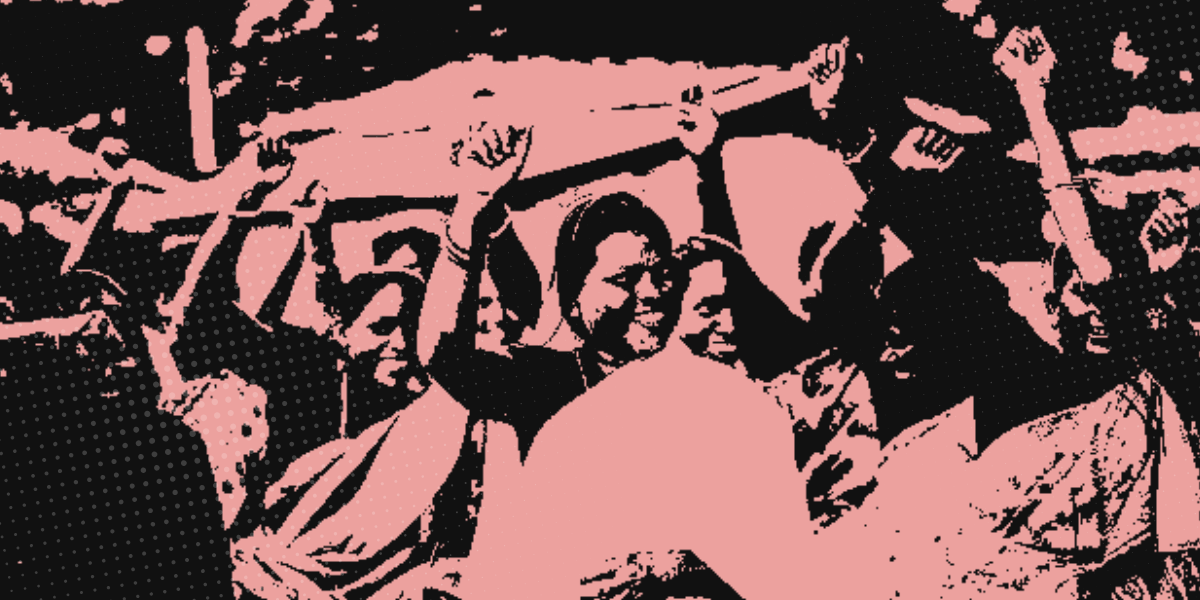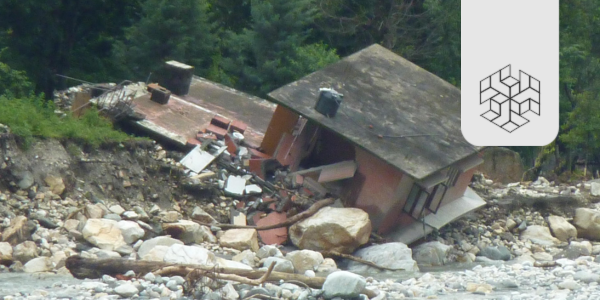ABSTRACT
The 21st century is the epitome of progress and growth. However, this growth is not merely economic growth but also a socio-political one. When the world is becoming more aware of change and new discourses redefining the boundaries of development, we need to focus on the underlying factors hindering growth and development in nations worldwide. In this direction, the following paper aims to explain the structure of urban settlements in India and their impact on India’s development in lieu of its growing urbanisation. It tries to unfold the issues underlying the Indian urban morphology and the vast implications on the citizenry, society, and the nation. Finally, post identifying these obstacles, the paper aims to provide recommendations to overcome them and garner progress and development for India.
INTRODUCTION
According to the United Nations (2019), the world population was at 770 crores as of mid-2019 and is constantly growing. India accounts for 17.8% of the total world population with its urban population skyrocketing in contrast to the rural one. Infact, the urban population worldwide grew dramatically from 75 crores in 1950 to 427 crores in 2019. Estimates suggest that by 2050, about 68.36% of the population will be living in urban areas (Kundu and Pandey 2020:13-49).
With the Indian urban population constituting about 11% of the world’s urban population, the country is no stranger to this phenomenon. As of 2019, 34.47% of India’s total population is urban and is continuously increasing (United Nations 2019).
Table 1: World and Indian Population Statistics
| Total Population (2019) | |
| India | 1,36,64,17,754 |
| World | 7,67,36,56,872 |
| Urban Population(2019) | |
| India | 47,10,31,528 |
| World | 4,27,43,38,412 |
Source: Analysis of data produced by World Bank (2009)
As countries strive for economic progress and social justice, there is a dire need to ensure high quality of living and constantly evolving environments to accommodate global citizens. In the 21st century, urbanisation is a catalyst for development and growth, elements which are essential for the progress of any nation.
Urbanisation is considered an optimistic display of a nation’s growth and development. It involves the transition of population from rural to urban areas due to numerous socio-economic factors and the growing share of urban settlements in a nation’s demography. The increased spatial distribution of urban areas such as cities, towns, and agglomerations coupled with the concentration of economic activities has led to an ‘urban economy’ era. Technological advancements, business opportunities, increased workforce requirements, better administrative and health services, and an overall better standard of living than rural ones dominate urban expanses.
Usually synonymous with development and progress, urbanisation acts as a melting pot of numerous cultures and traditions, giving rise to a robust socio-economic network among the population. It is also a connecting force between towns, villages, cities, and metropolitans, creating a network for growth and development. However, while urbanisation is significant for a nation’s development, it can quickly turn into a chaotic affair if mismanaged and advanced in a frenzy. It can cause unnecessary pressure on the land, environmental degradation, economic burden on the country, and deterioration of quality of life for its citizens.
This paper aims to understand the complex nature of urbanisation in India and its effects on the socio-ecological development of the country and its citizens. It identifies policy gaps in the Indian urban morphology to enable a more holistic and well-rounded urban development plan for India.






